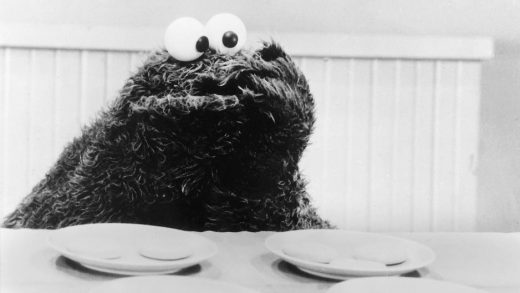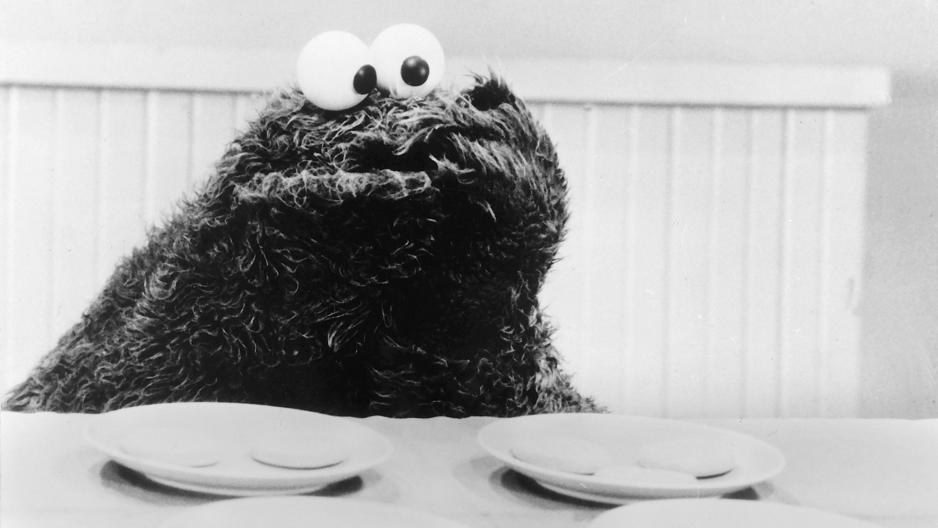How Sesame Street Taught Kids About Emotions Long Before Schools Caught On
Sesame Street’s Cookie Monster has undergone a transformation in recent years. Once a caricature of impulsive behavior, he now sings along to Icona Pop-inspired songs about self-control. “Me want it, me want to eat it, but me wait!” he wails, blue fur flailing, while his muppet friends dance in the background. “Me have strategies that can calm me down.”
Cookie Monster’s message is part of a deliberate effort on the part of Sesame Street to emphasize social and emotional learning (SEL). For example, the show has developed a toolkit for parents and educators about resilience, one of SEL’s top buzzwords. Then there’s Breathe, Think, Do with Sesame, a mobile app that helps children learn to problem solve in the face of new challenges.
But less explicitly, Sesame Street has been teaching social and emotional learning from its very first years on air. Back then, there was no major research on the value of SEL—indeed, the term itself didn’t exist in an educational context until 1994. (In the years since, studies have shown that SEL programs can increase academic gains by 11%, and also have a positive impact on life outcomes including incarceration rates.) Now educators generally agree on SEL’s core competencies: self-awareness, self-management, social awareness, relationship skills, and responsible decision making. We went back through the Sesame archives and found examples of each.
Self-Awareness
Self-awareness, according to Collaborative for Academic, Social, and Emotional Learning (CASEL), involves recognizing one’s emotions and accurately perceiving one’s strengths and limitations. On this dimension, Kermit (who was part of the original Sesame Street cast) is a star: he knows how to name his emotions.
Self-Management
Kermit also embodies effective self-management, including setting goals and maintaining self-discipline. “I made myself a promise, as a young polliwog: I’ll be on top!” he sings, defiant, after a fellow frog mocks his ambition to climb the corporate ladder.
Social Awareness
Many shows for kids take place in an alternative reality, where fairy tales and legends reign. Not Sesame Street. The show’s urban setting is central to its mission, and provides plenty of opportunities to introduce concepts like empathy and respect for others. Simple songs like “Who are the people in your neighborhood?” encouraged children to be curious about their neighbors and appreciate their contributions to the community.
Relationship Skills
Nearly every Sesame Street skit addresses relationship skills in some form, from Ernie and Bert’s gentle domestic disputes to Grover’s mounting exasperation with customers at the restaurant where he works. But some tackle relationships head-on, with lessons on communication and teamwork that would look perfectly at home in a modern classroom. “Cooperation makes it happen!” urban gardeners sing in one skit. In another, Cookie Monster and Ernie bond over a shared loss.
Responsible Decision Making
“The ability to make constructive choices about personal behavior,” as CASEL defines responsible decision making, is a tough concept for a preschooler to grasp. Thank goodness Sesame Street wrote the song “Kids Just Love to Brush,” which illustrates in an over-the-top, joyful fashion what it means to forsake short-term rewards (playtime after lunch) in order to achieve long-term benefits (healthy teeth). Bonus points for the bewildered parents.
Fast Company , Read Full Story
(76)



